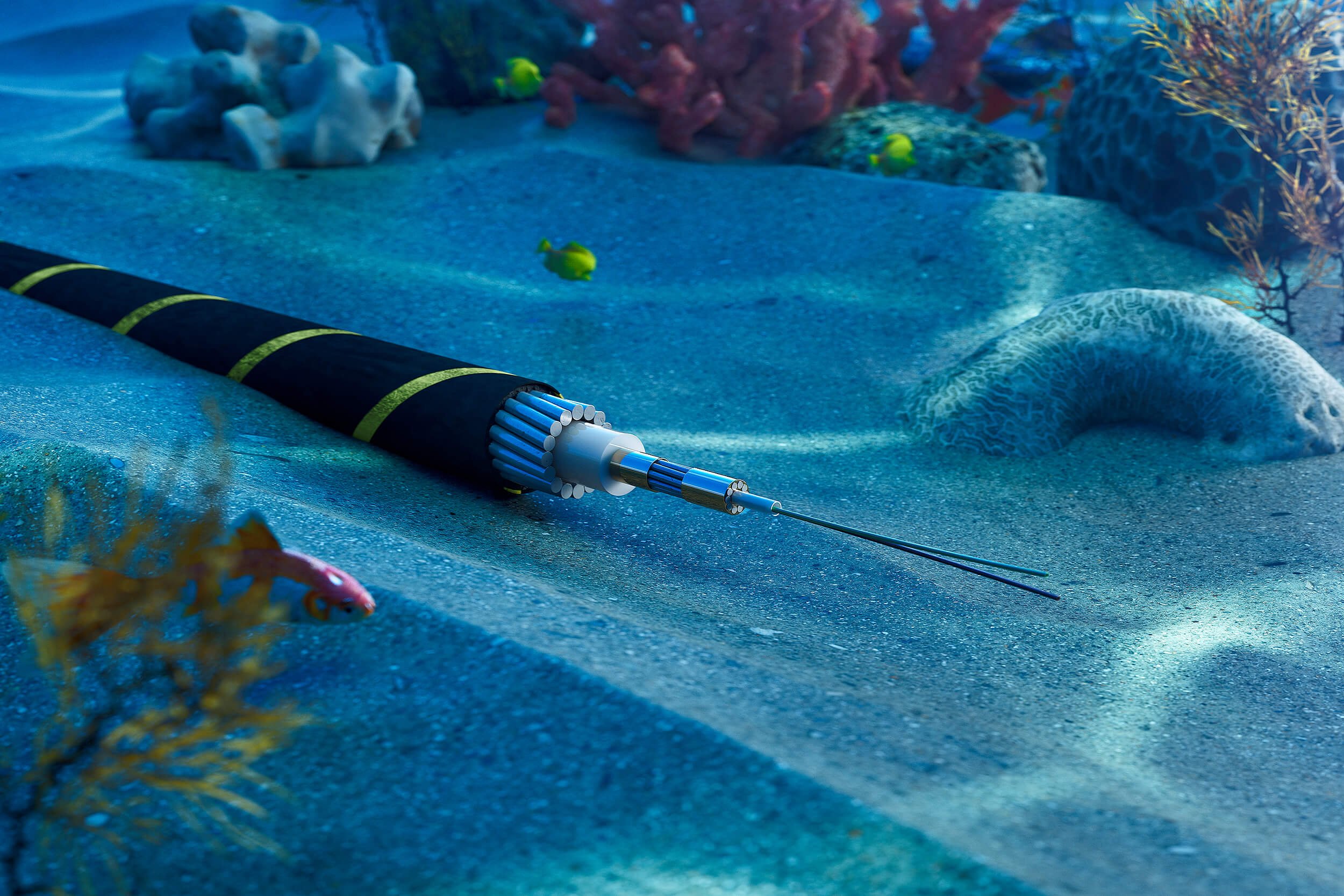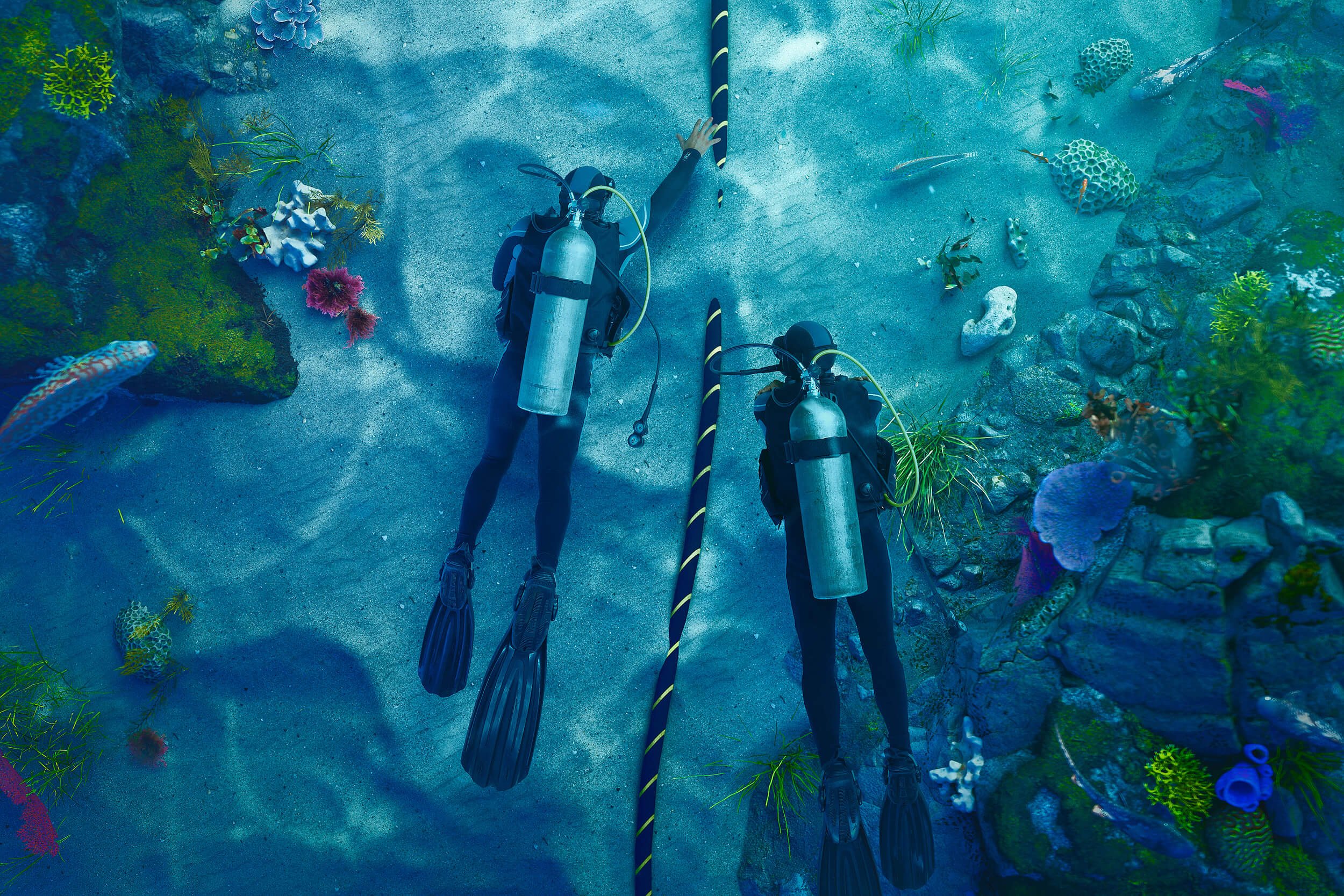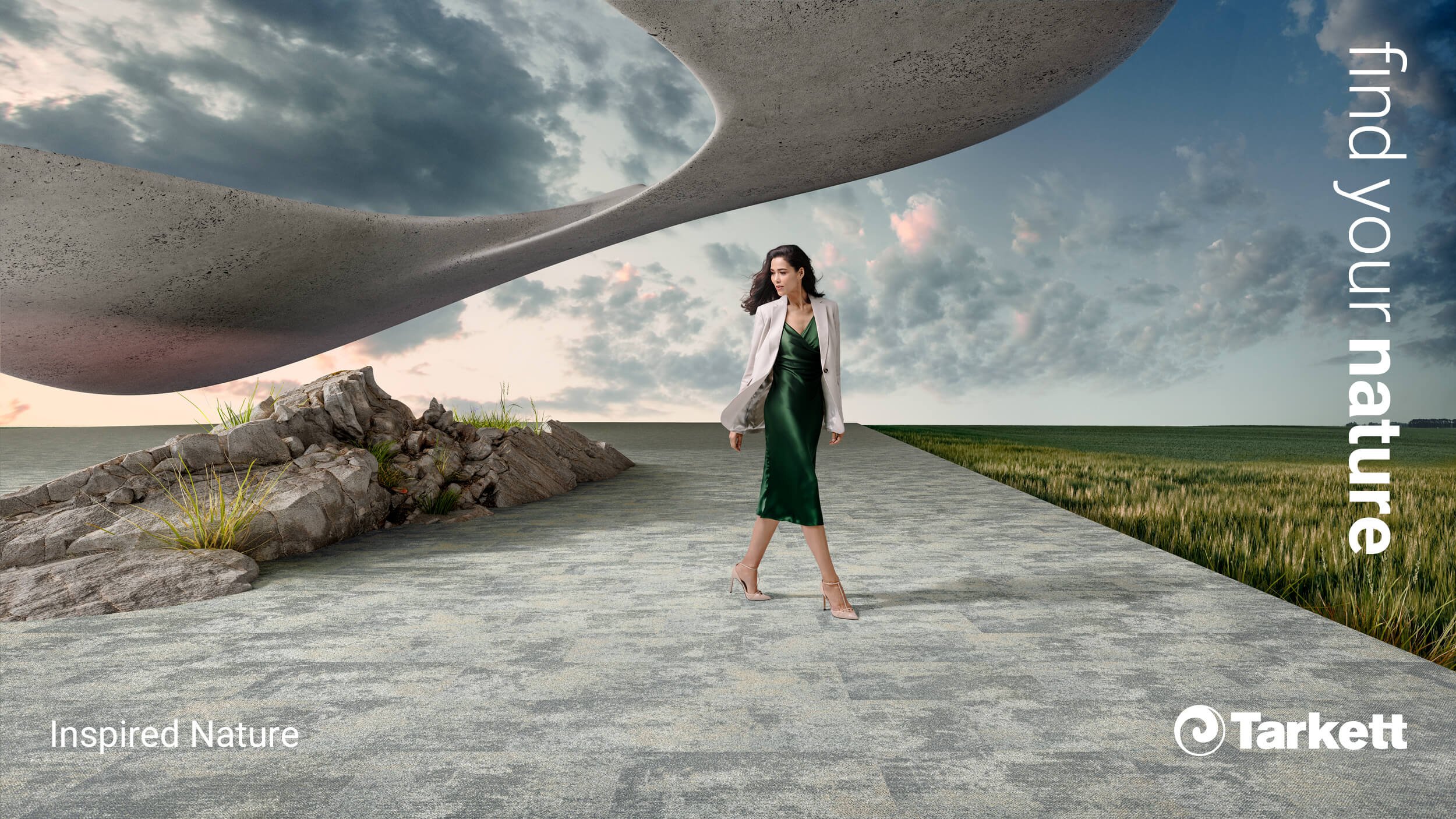Exploring CGI in advertising photography
CGI, or Computer Generated Imagery, might sound like jargon of a sci-fi movie. But it’s actually a craft that has transformed the visual world, especially in advertising photography.
3 minutes read
Decoding CGI: A glimpse into digital photography’s game changer
When we talk about photography, images of cameras, lenses, and photographers trying to capture the perfect moment come to mind. However, with the rise of technology, the term 'photography' has evolved beyond its traditional definition. Today, CGI, or Computer-Generated Imagery, plays a significant role in how we perceive and use photography.
History of CGI
The roots of CGI can be traced back to the early days of computer graphics in the 1960s. It started as a tool for creating simple shapes and figures. But with advancements in technology, artists and developers saw its potential to create realistic images. By the 1980s, movies began to use CGI for visual effects, bringing imaginary worlds to life on the big screen. Over time, CGI's influence expanded, making its way into the realm of photography by the late 20th century.
In 1989, the first 3D digital water effect was used in the science fiction film The Abyss. The watery alien creature was the first example of digitally animated CGI water and the first computer-generated 3D character.
Why Use CGI in Photography?
The main question many ask is, "Why use CGI when we have real-life models and scenes?" The answer lies in the many advantages CGI offers:
Unlimited Creativity: With CGI, there are no limits to what can be created. From fantasy landscapes to futuristic cities, anything is possible.
Control: Lighting, angles, and colors can be adjusted with precision, ensuring the desired outcome.
Safety & Convenience: Difficult or dangerous scenes can be created without any real-world risks.
Cost: While initial setup might be expensive, in the long run, CGI can be more cost-effective than traditional setups, especially for complex scenarios.
Characteristics of CGI Photography
CGI in photography is more than just creating digital images. It has unique characteristics:
Detail: Every element, from texture to shadow, can be controlled, ensuring high-quality results.
Adaptability: Want a summer scene in winter or a night scene during the day? CGI makes it possible.
Consistency: For projects that require multiple images with a similar look, CGI guarantees consistency.
Our Work in CGI at Muru Studios
We have embraced CGI to enhance photography in various projects. Here are some examples:
1/ Fashion shoot: We created a fashion editorial where models seemed to be amidst a colorful set with big floating bubbles done in CGI. It was 2011 and this technique was quite new in fashion photography. See the project here.
2/ Automotive Festival: Also in 2011 (it’s been a while) we showcased a model against classic cars. These shots were impossible to do otherwise, due to the high cost of taking the real cars to the studio. See the project here.
3/ Stills and Product shots: For a large telecommunications company, showing submarine cables in an efficient way can only be done through photography and the help of CGI. See the project here.
4/ Advertising campaign: We created expansive CGI spaces to showcase the product, a new carpet collection, and featured people photographed in the studio through photo compositing. See the project here.
In Conclusion
CGI has undeniably added a new dimension to photography. It has expanded the horizons of what's possible, blending the boundaries between reality and imagination. Traditional photography captures what is there, while CGI photography creates what can be imagined.
In today's digital age, understanding and using CGI is beneficial for photographers. It's not about replacing the old with the new but integrating both to produce images that tell compelling stories. And at Muru Studios, we continuously explore this blend, creating visuals that resonate.








